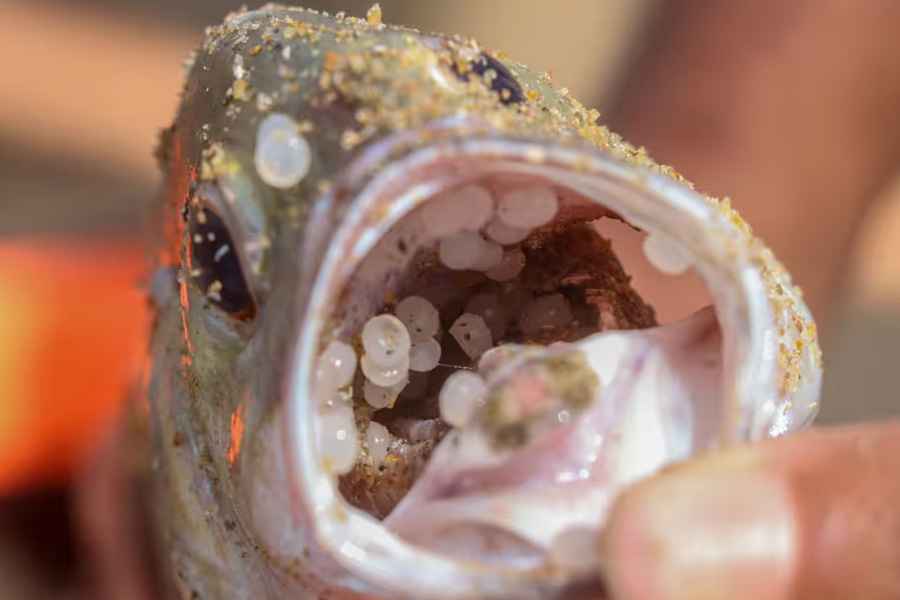How Destructive are Plastic Pellets to Humans and Animals?

The Menace of Plastic Pellets: A Growing Threat to Ecosystems and Human Health
The Impact on Wildlife

Human Health Concerns
Scientists express concern about the potential transfer of toxic chemicals like phthalates and bisphenol A (BPA) from small plastic particles ingested by humans through food and drink. Additionally, nurdles can absorb contaminants like mercury and DDT from rivers and oceans, introducing an unknown risk to human health.
Human Health Concerns
Scientists express concern about the potential transfer of toxic chemicals like phthalates and bisphenol A (BPA) from small plastic particles ingested by humans through food and drink. Additionally, nurdles can absorb contaminants like mercury and DDT from rivers and oceans, introducing an unknown risk to human health.
Toxins in the Food Web
Plastic pellets have the capability to absorb toxins like dioxins from water, introducing them into the marine food web. This, in turn, increases the risk of adverse effects on both wildlife and humans who may consume contaminated seafood.
Environmental Hazards and Local Impacts

Addressing the Cleaning Problem
Traditional cleaning methods, such as manual removal with a broom, fall short in addressing the scale and complexity of plastic pellet pollution. To tackle this issue effectively, innovative tools and equipment, like the ELGEE POWER-VAC, are recommended. This advanced technology offers a preventive and efficient solution to avoid not only environmental damage but also potential legal consequences, such as million-dollar fines and lawsuits.
Conclusion
The destructive impact of plastic pellets on ecosystems and human health is a pressing concern that demands immediate attention. By understanding the far-reaching consequences of nurdle pollution, implementing preventive measures, and adopting advanced technologies, we can work towards mitigating this environmental menace and safeguarding the health of our planet and its inhabitants.







